- USDT0 can now move across seven chains into Flare without extra bridging or fees.
- Flare boosts DeFi tools with USDT0, FXRP plans, and major infrastructure upgrades.
The latest news comes from Flare Network—which is increasingly aggressive in strengthening its position in the DeFi world. Now, the USDT0 stablecoin can be used directly on the Flare network through integration with Stargate Finance.
What’s exciting? Users can transfer USDT from Ethereum and USDT0 from Arbitrum, Ink, Berachain, Unichain, Optimism, Sei, or Corn directly to Flare without having to bother with bridging and without additional fees.
USDT0 on Flare is now live on @StargateFinance!
Transfer USDT from Ethereum and @USDT0_to from Arbitrum, Ink, Berachain, Unichain, Optimism, Sei, and Corn — directly to USDT0 on Flare, with no extra bridging steps or fees.
Help grow a stronger capital base for XRPFi ☀️
And… pic.twitter.com/TrC58uulCC— Flare ☀️ (@FlareNetworks) April 30, 2025
USDT0 is a version of the stablecoin built using the OFT standard from LayerZero. It is not just a “twin” of regular USDT, but is actually made to move between networks without the need for token wrapping or traditional liquidity bridges. Just imagine if you have wallets on several chains at once, and you just click—the money is immediately transferred. No more winding paths.
On the other hand, this step did not just come out of nowhere. Flare is indeed speeding up. Not long ago they also announced the Go-Flare v1.10.0 update and plans for a major hard fork to improve performance. It’s not just about speed, but stability and efficiency are also the main focus.
Flare’s Infrastructure Support is Getting More Mature
Judging from its ecosystem, Flare seems to know very well that the technical foundation needs to be as strong as possible. Encode Club, for example, has been involved by providing quality data and running educational programs such as the Flare Educate Series. So not only is the platform being fixed, but also its developers are supported in terms of knowledge.
Furthermore, since last February, Flare has also implemented the FIP.13 and STP.10 proposals. Data suppliers and programmers can so build bespoke feeds using the Flare Time Series Oracle. Simply expressed, they can change the incoming data to fit the requirements of their particular apps. They are free to stop utilizing the default template.
Not only that, Flare Labs also launched FAssets V1.1 at the end of March. The new design of the Core Vault in it offers a more technical overview of how the storage of these assets is organized. The goal is clear: get ready to enter FAssets V2, which is promised to be more flexible and attract greater liquidity.
Now, amid these upgrades, their staking ecosystem has also been quietly growing. CNF reports that over 67% of the circulating FLR supply is now secured through staking and delegation. What’s interesting is that no single entity holds more than 3.3%. What does that mean? Decentralization isn’t just a slogan.
But the story isn’t over yet. In April 2025, Flare announced plans to launch FXRP. This solution will allow XRP tokens to be used directly in DeFi applications on Flare. So, XRP holders will be able to borrow, lend, or even stake their XRP in the future. This opens up new opportunities for XRP, which has been somewhat “alone” in its own ecosystem. Now, it can play in a wider arena.
Meanwhile, as of press time, FLR is swapped hands at about $0.01817, up 4.65% over the last 24 hours and 8.60% over the last 7 days.
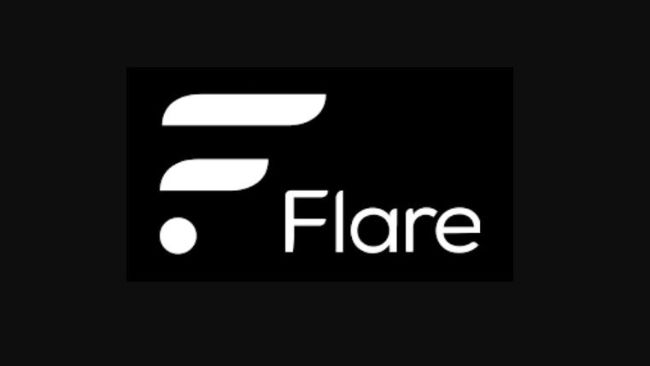
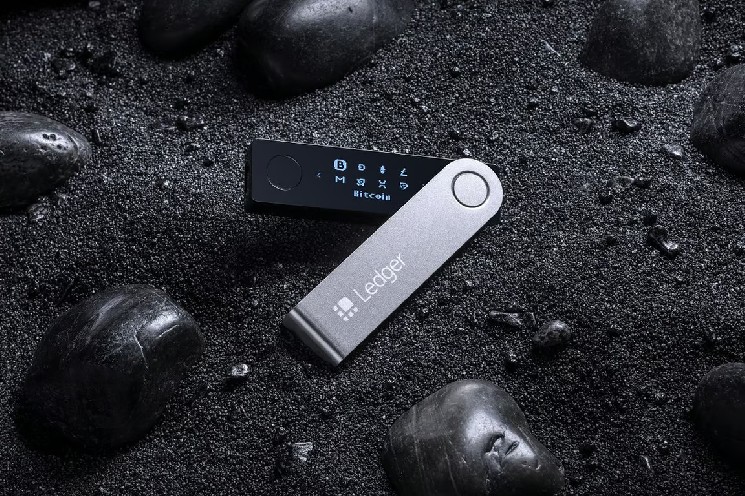

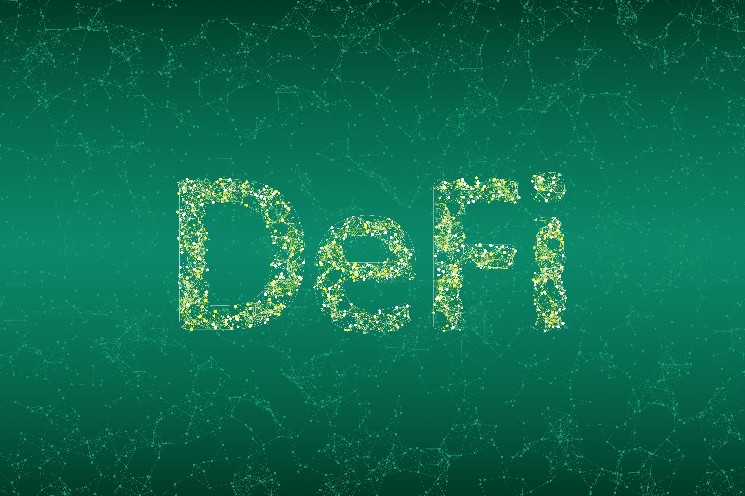


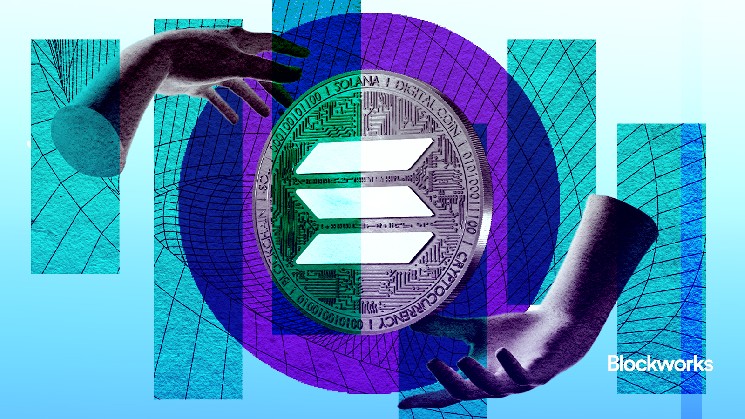
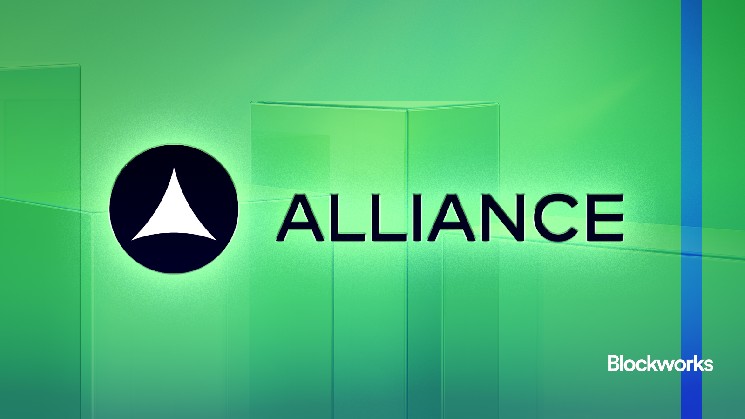





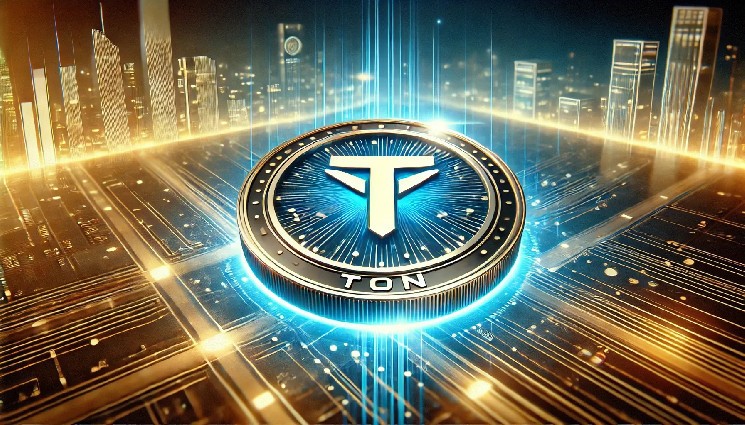

Leave a Reply